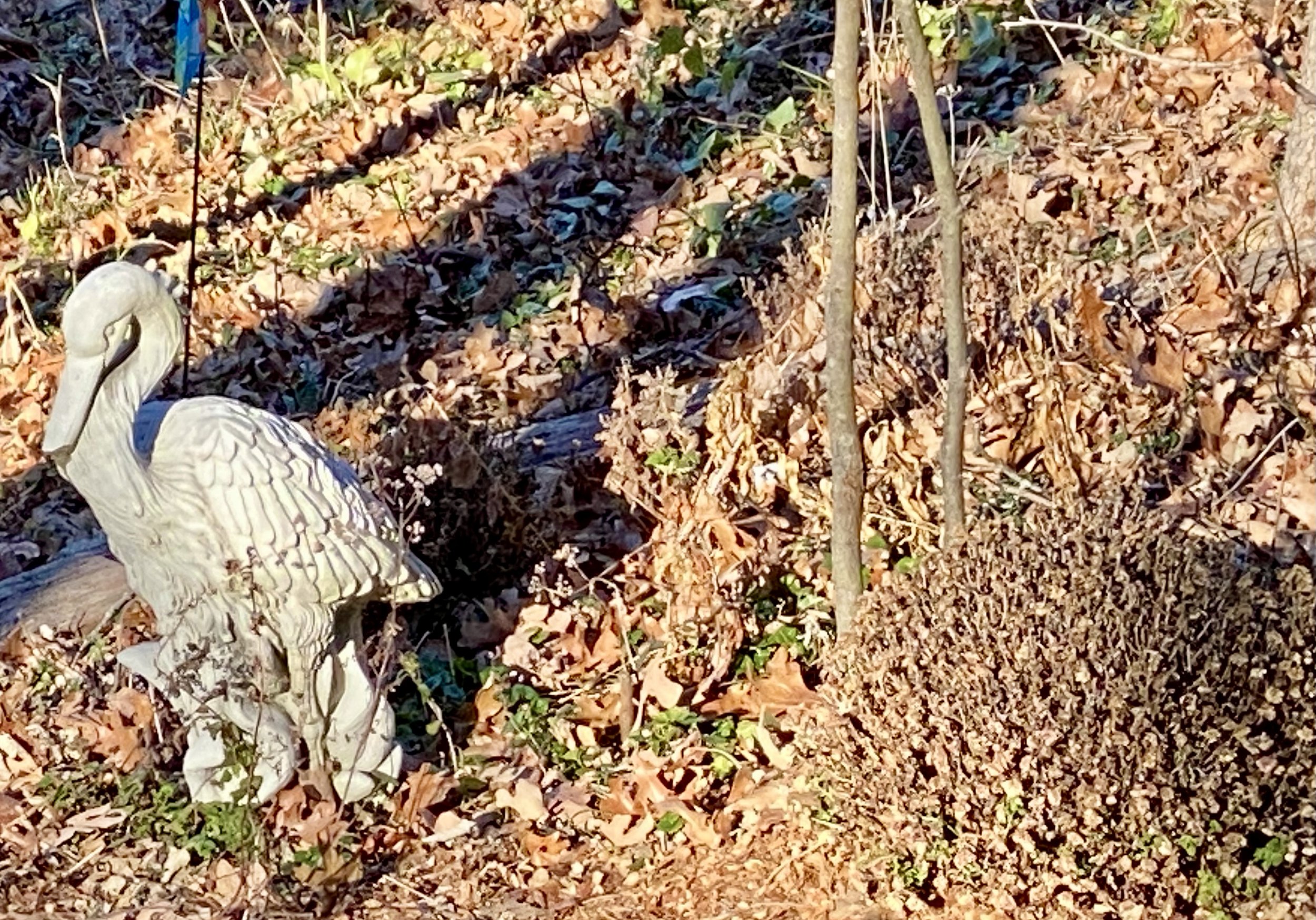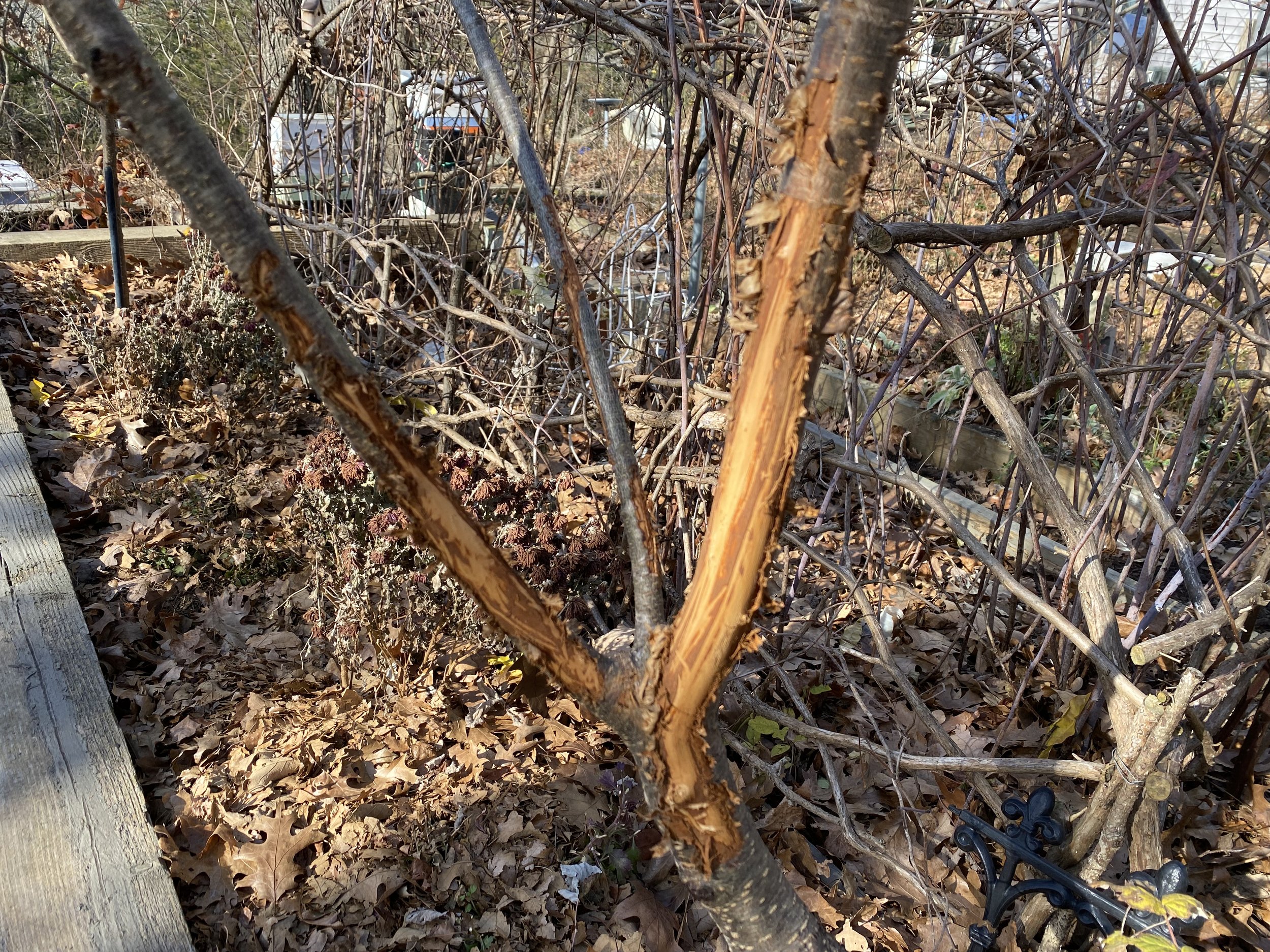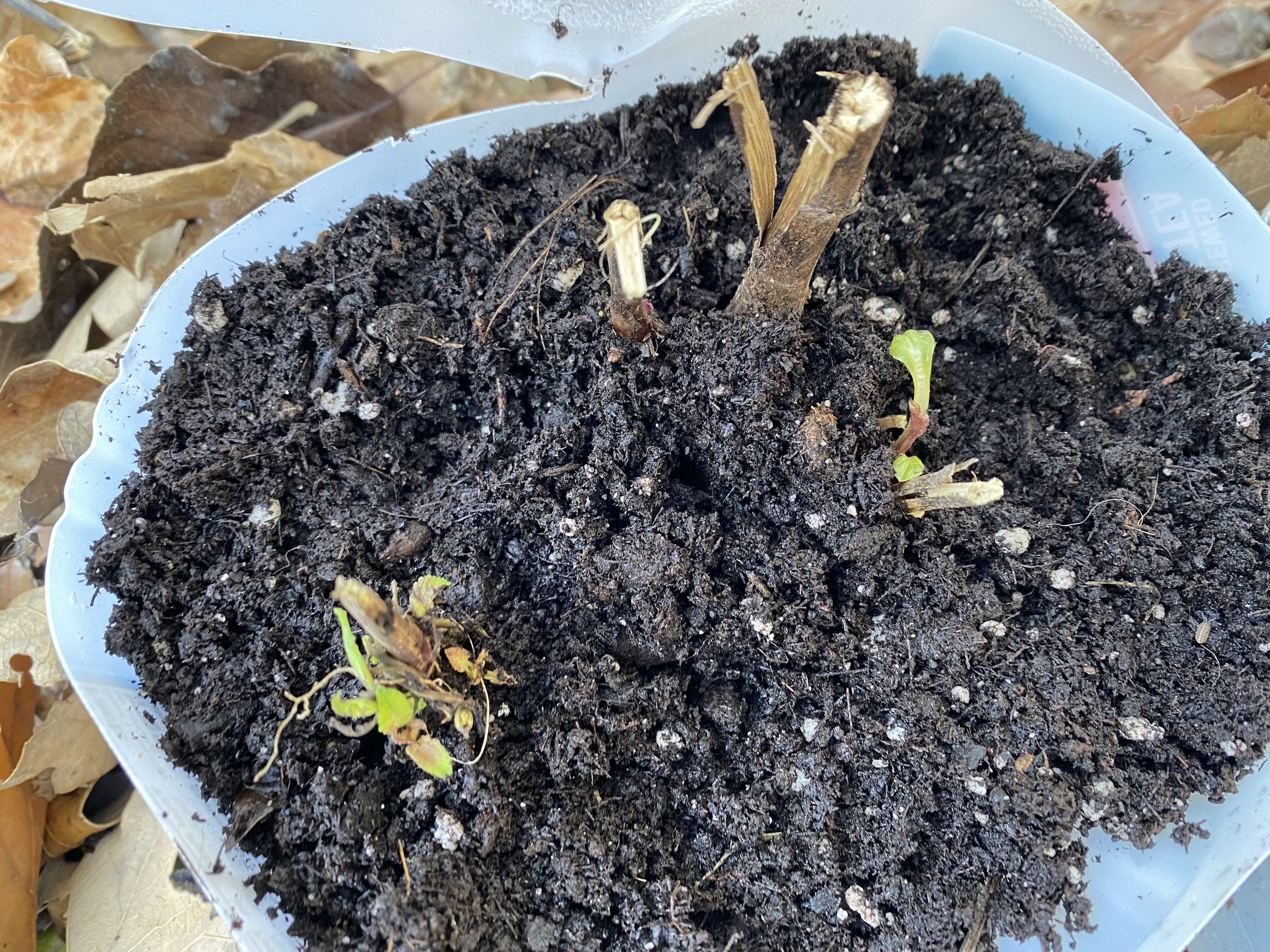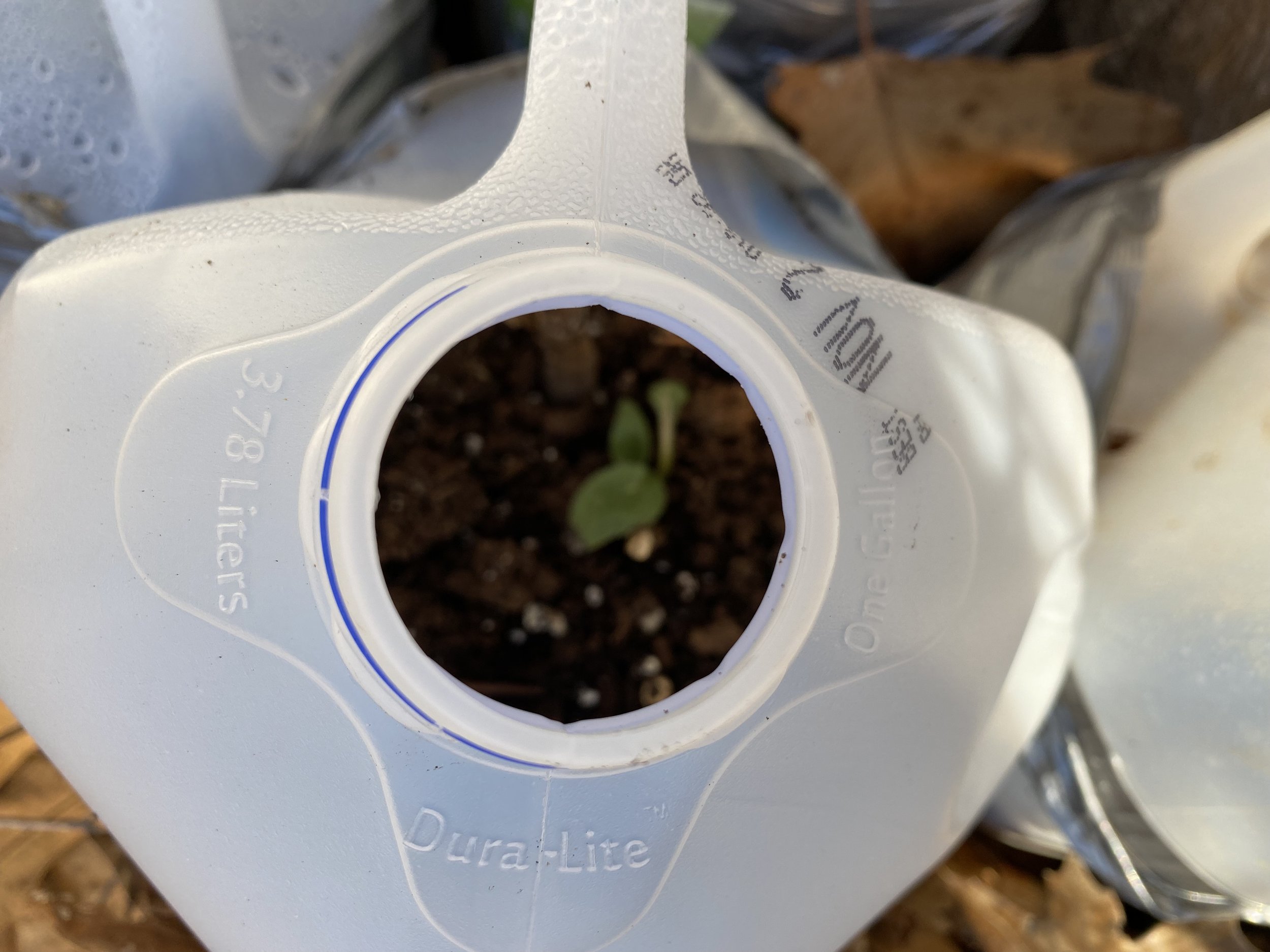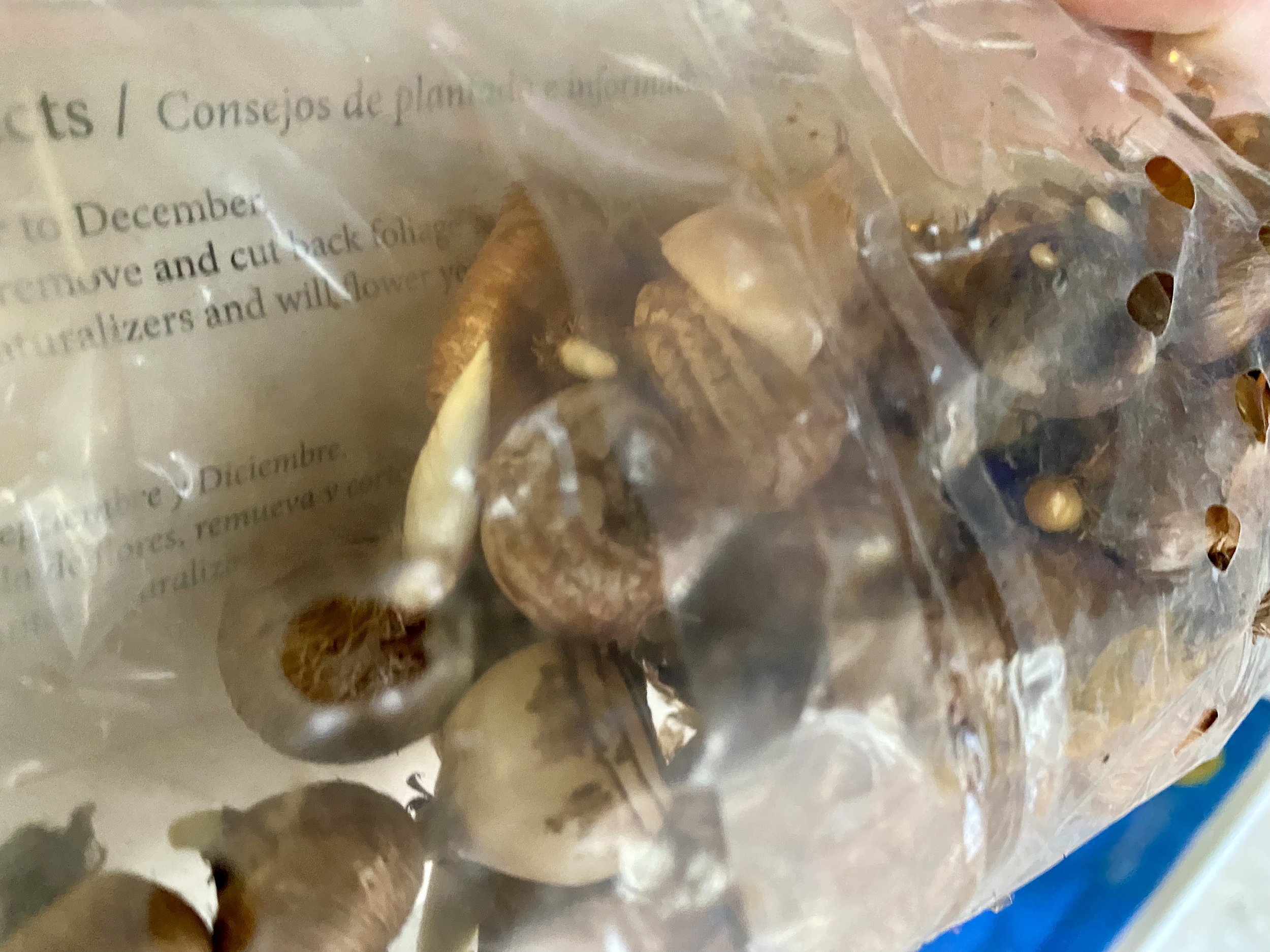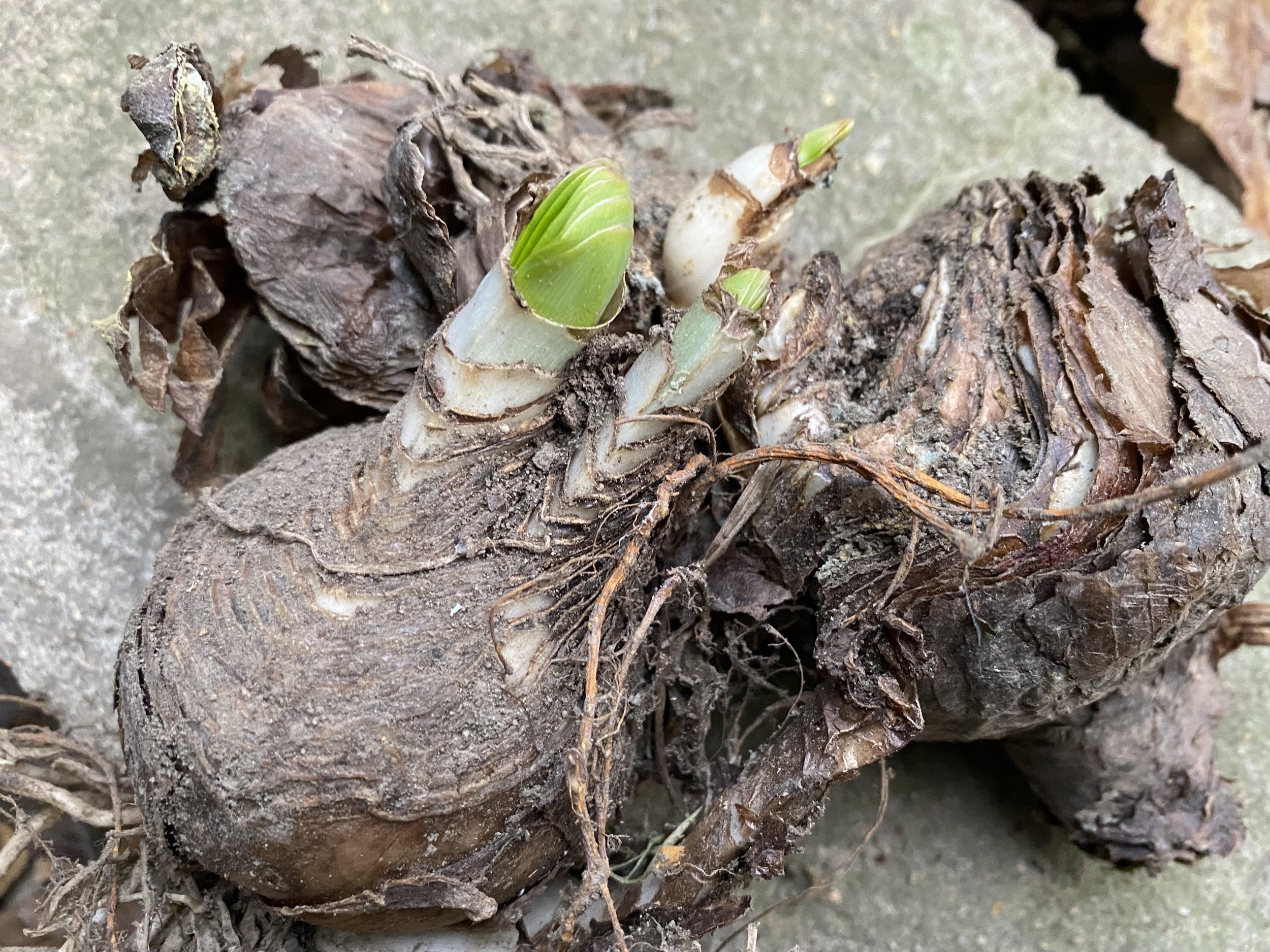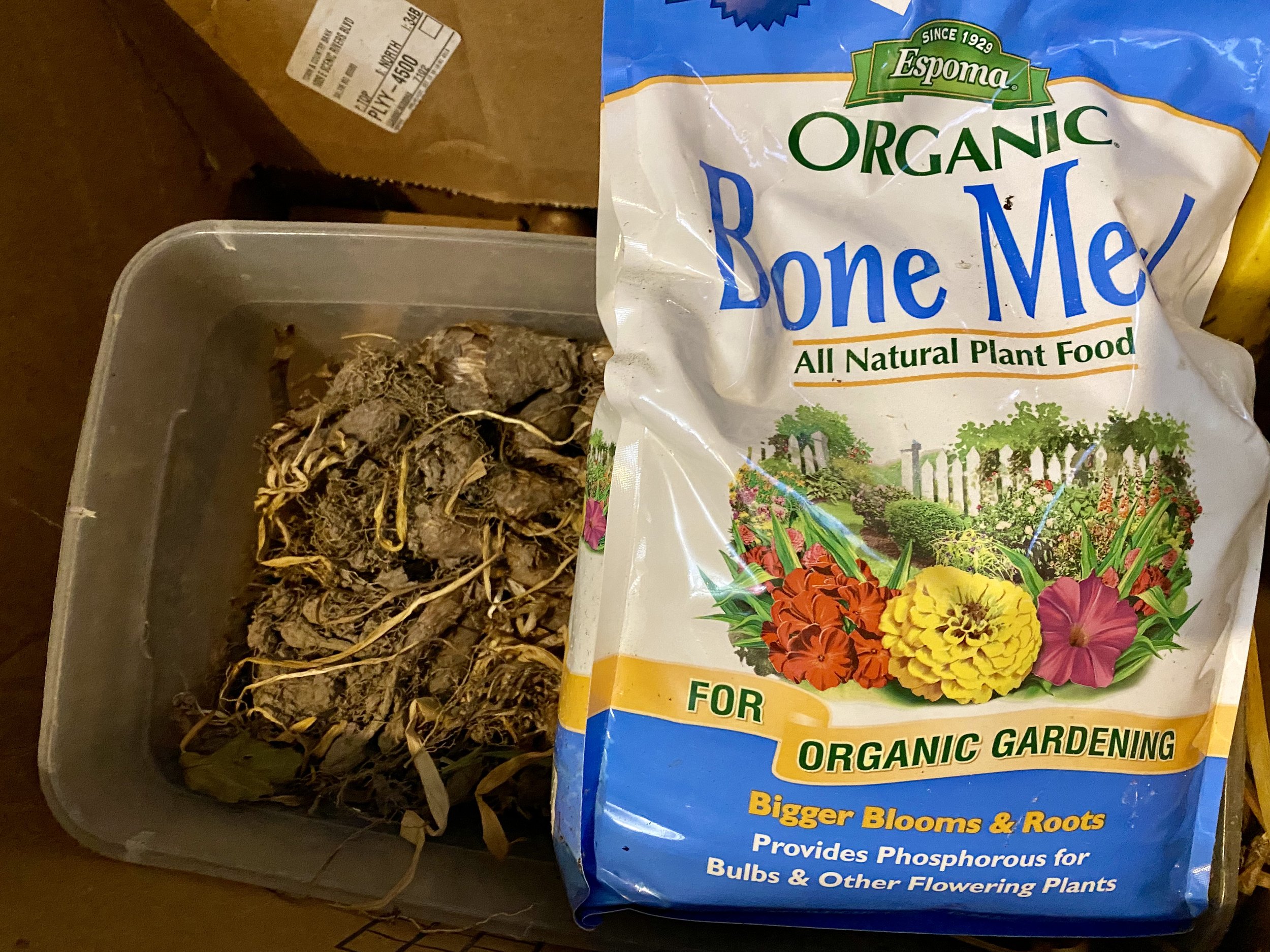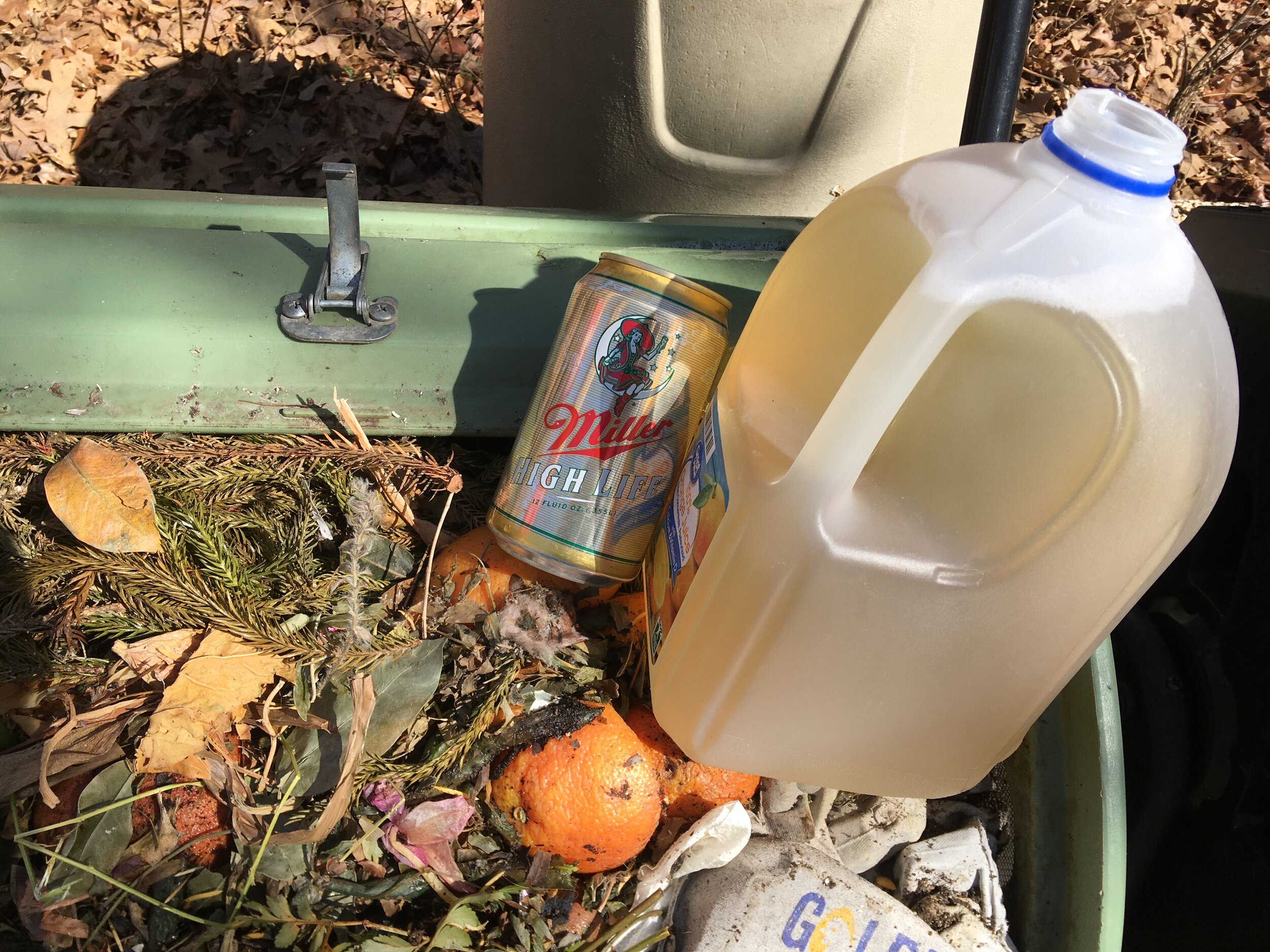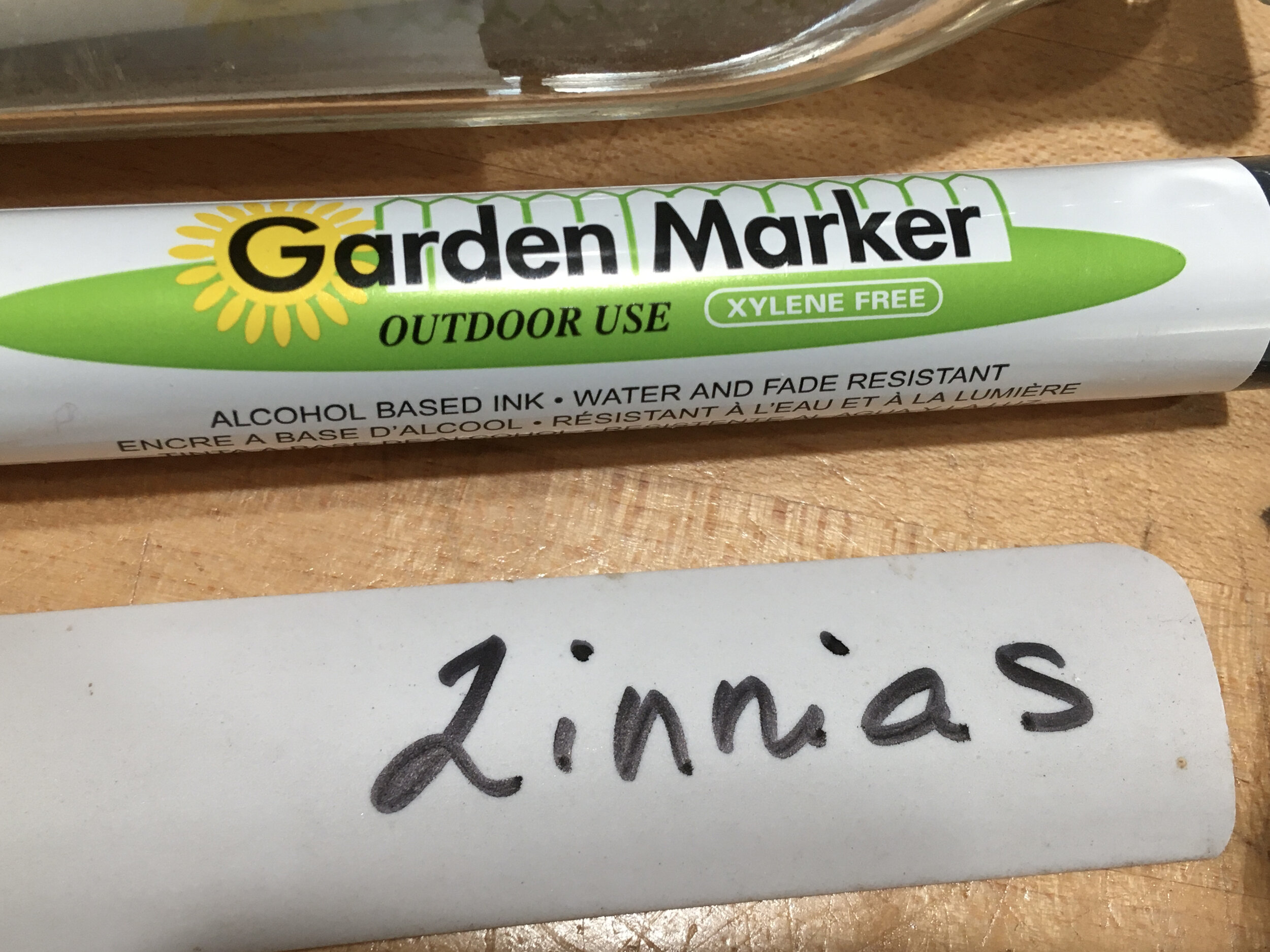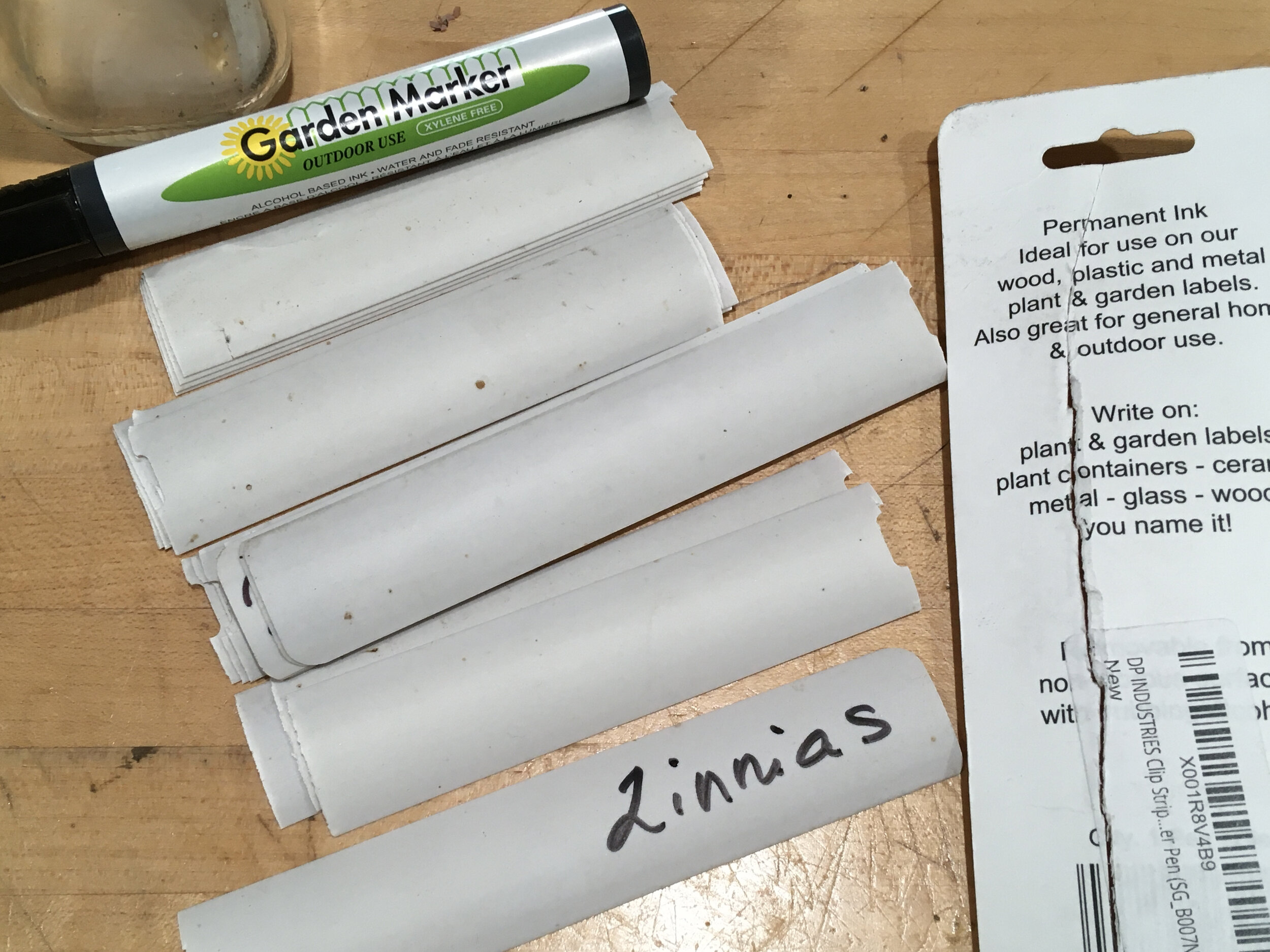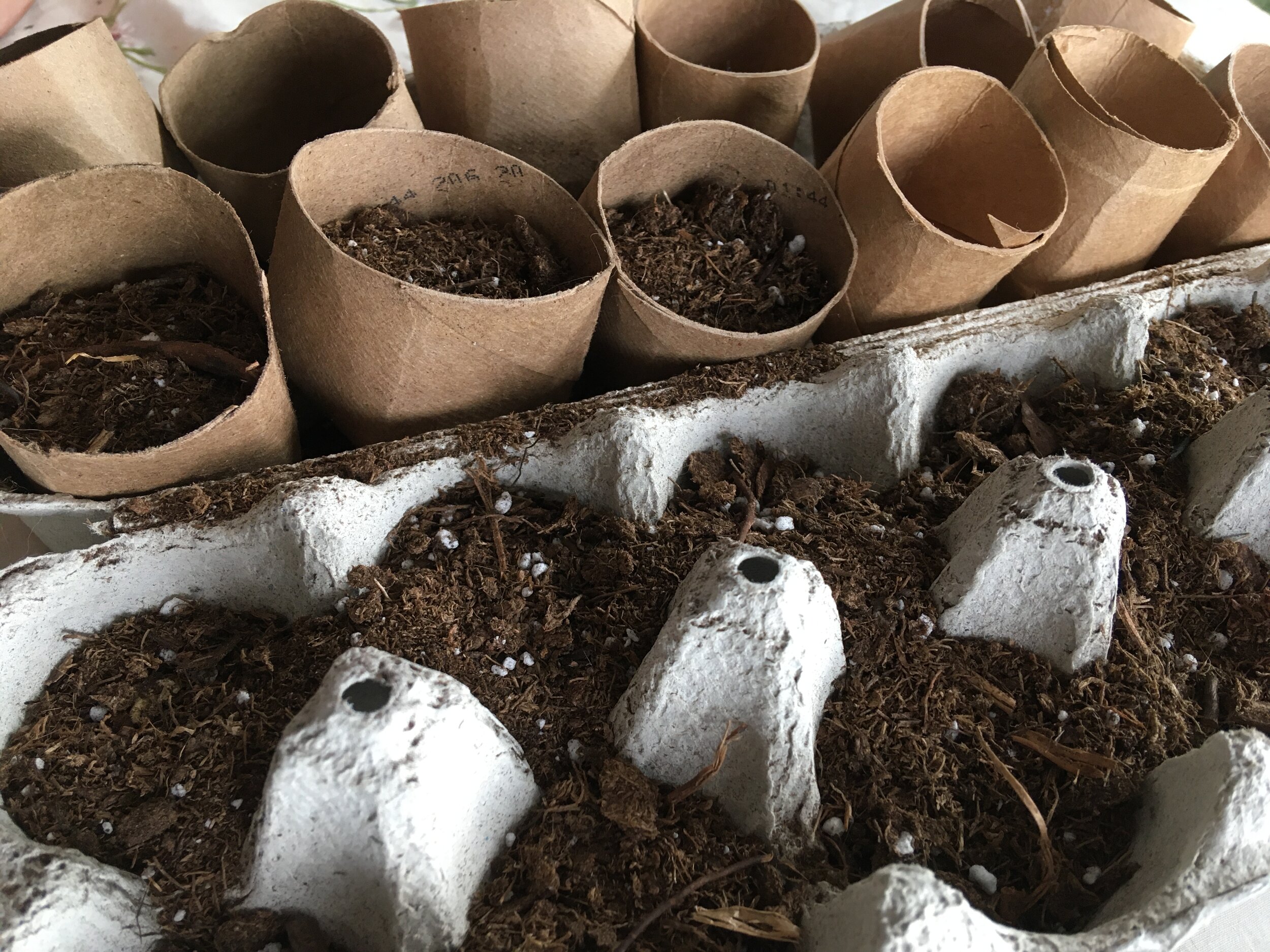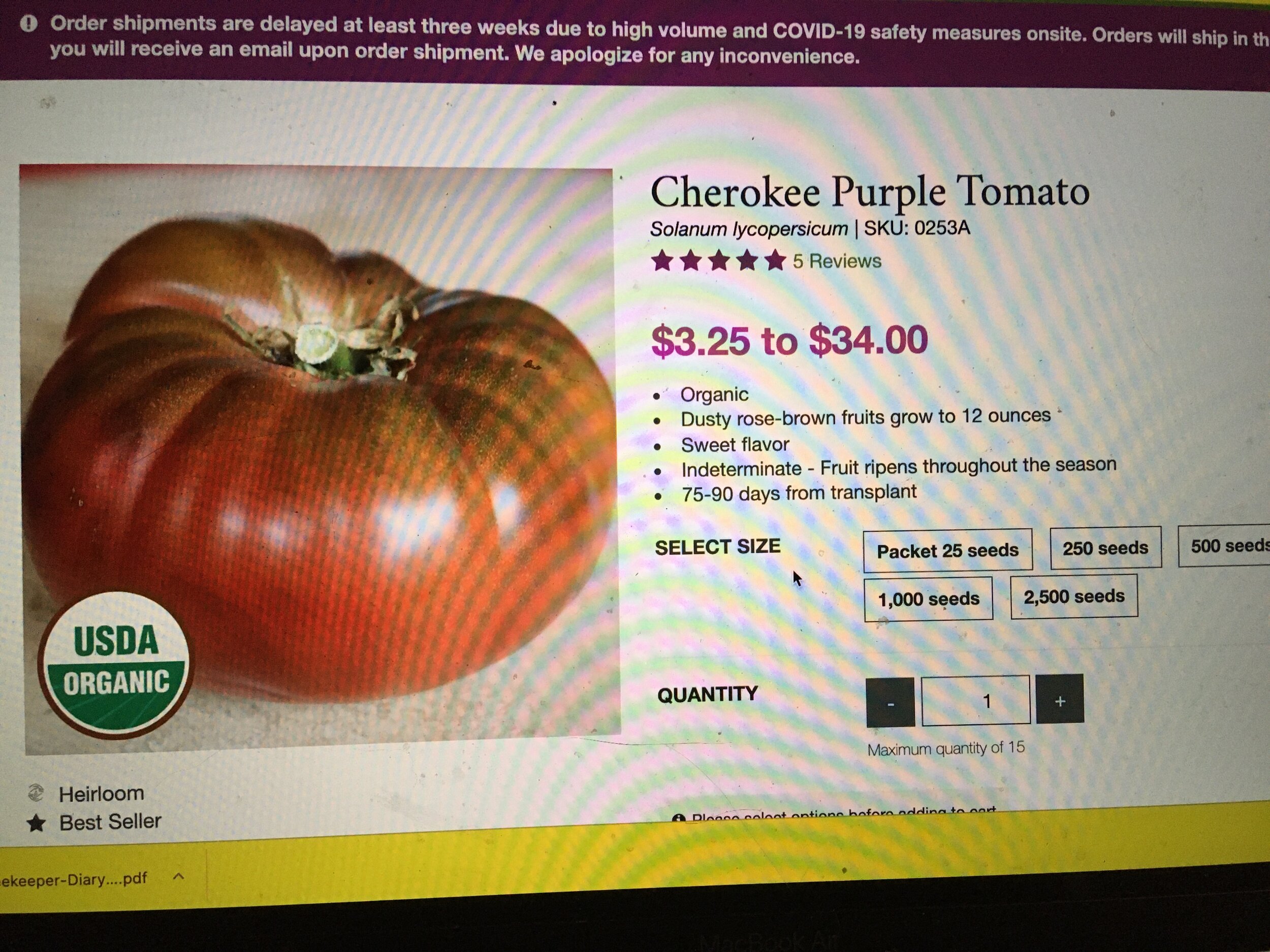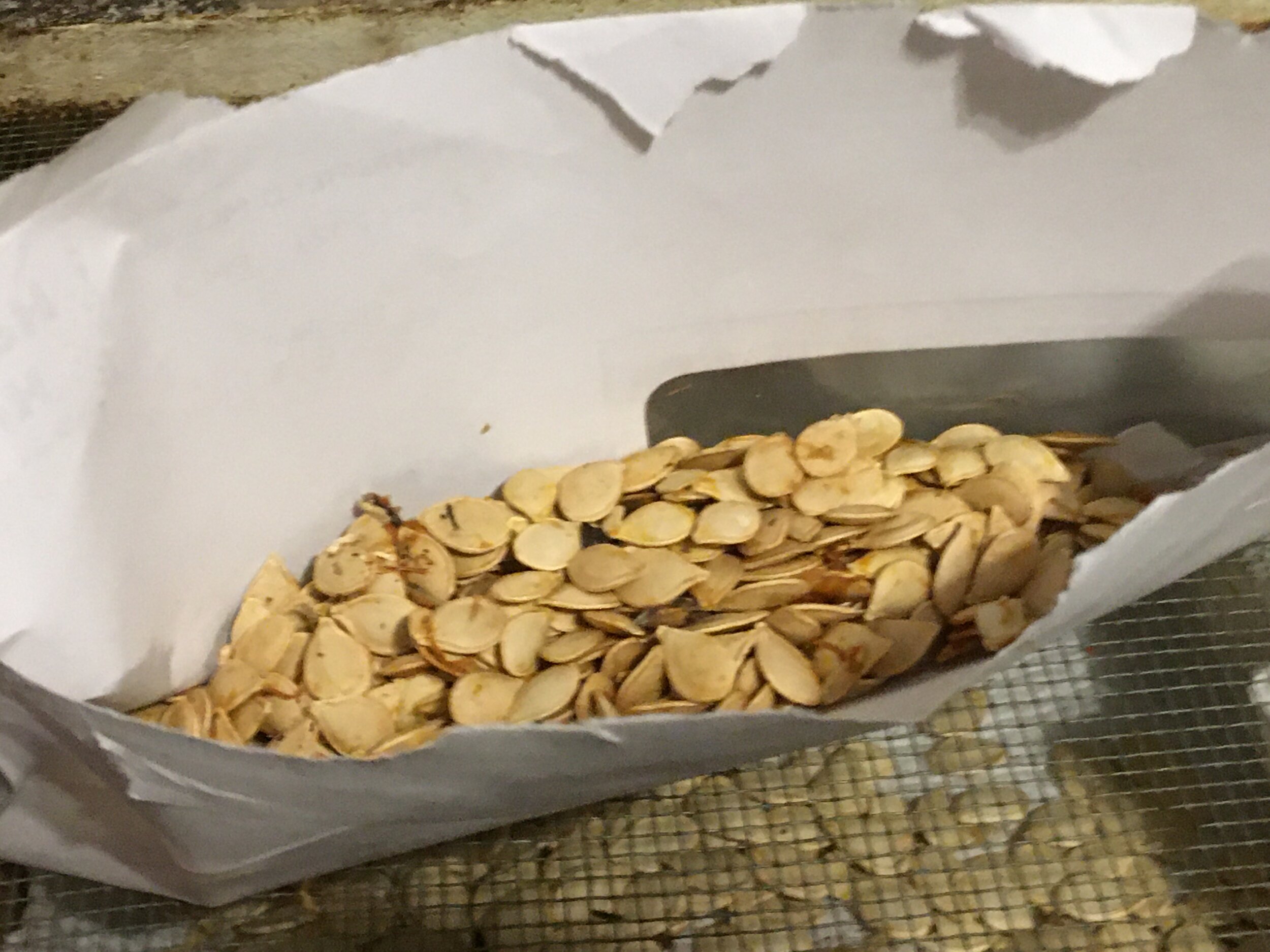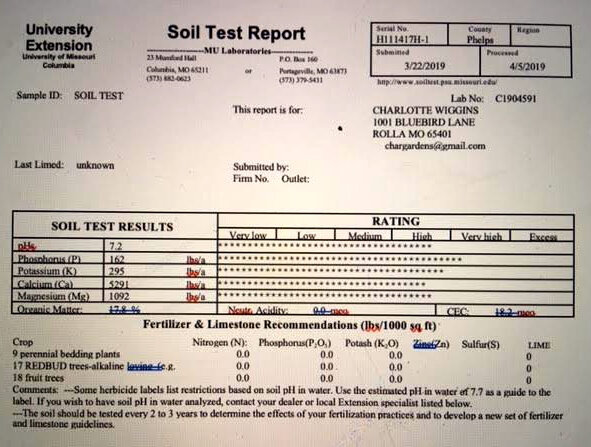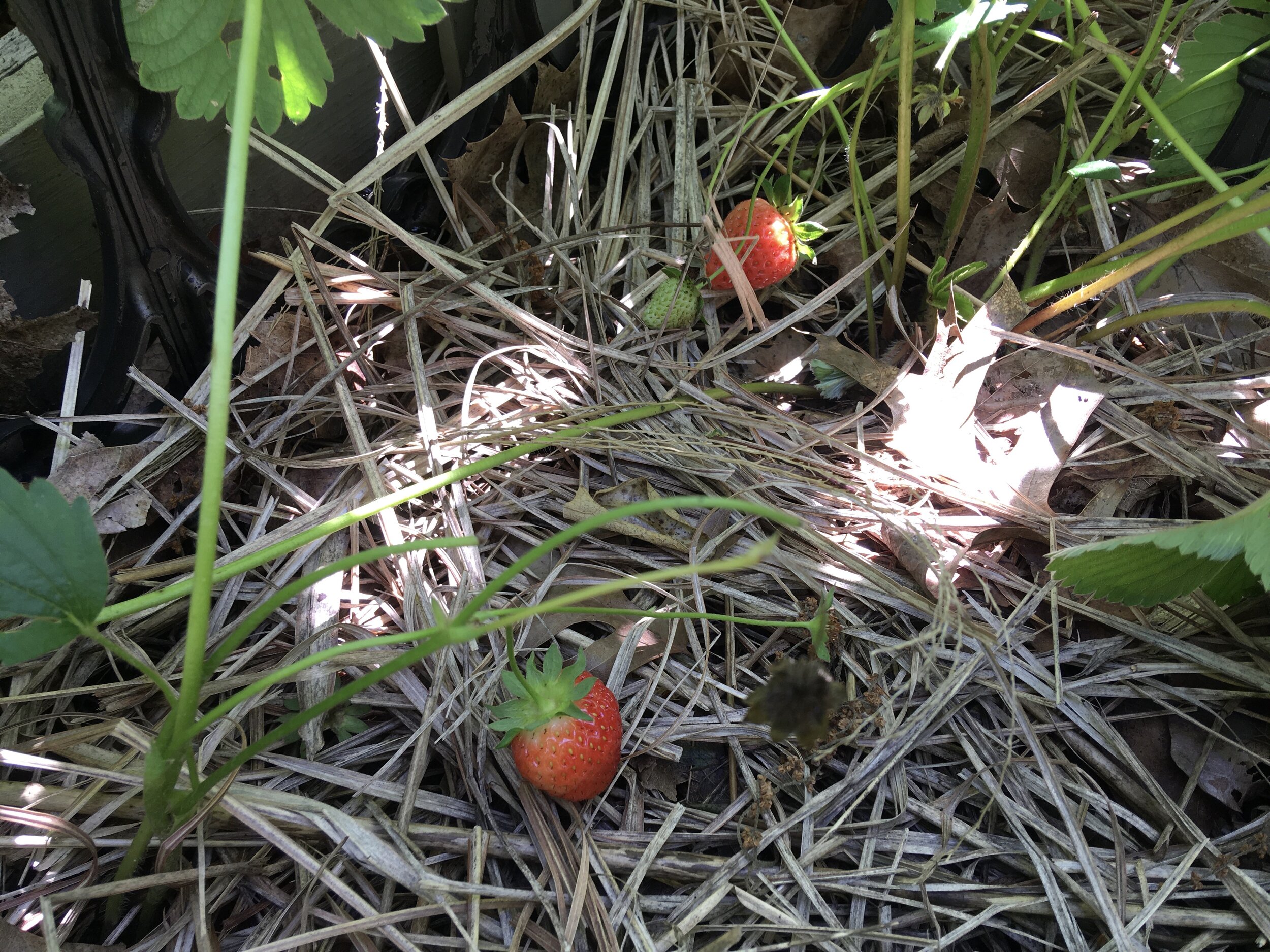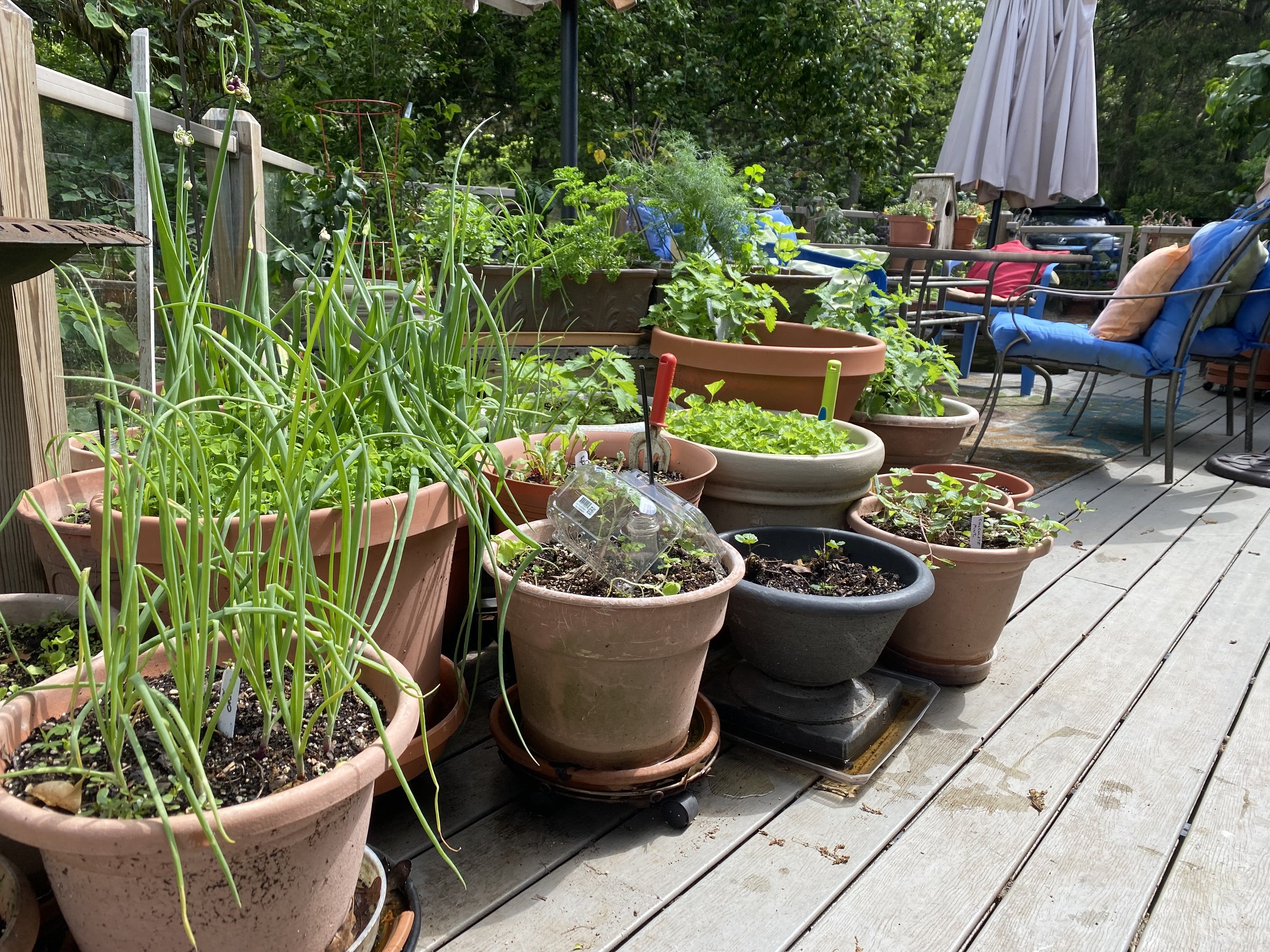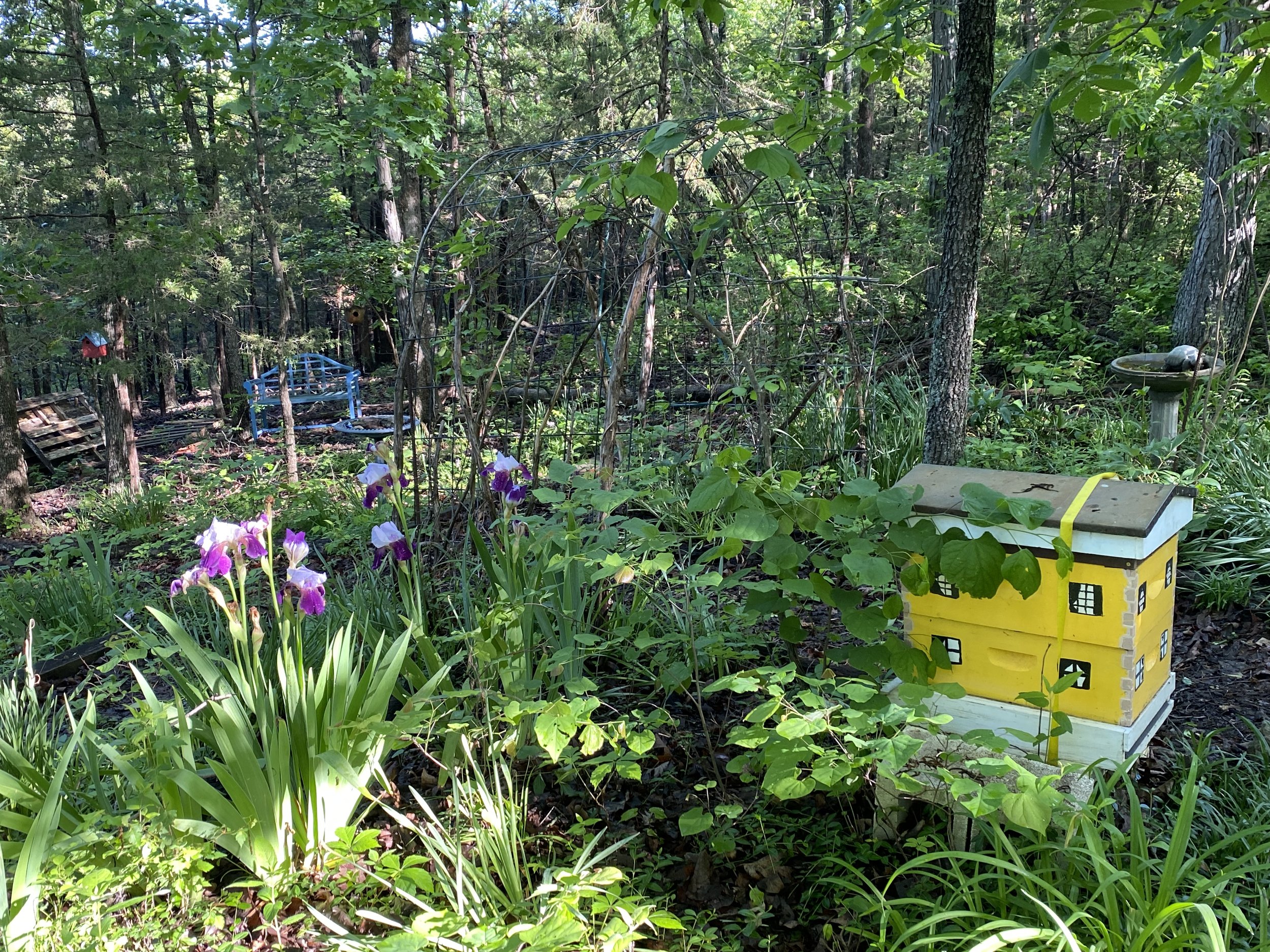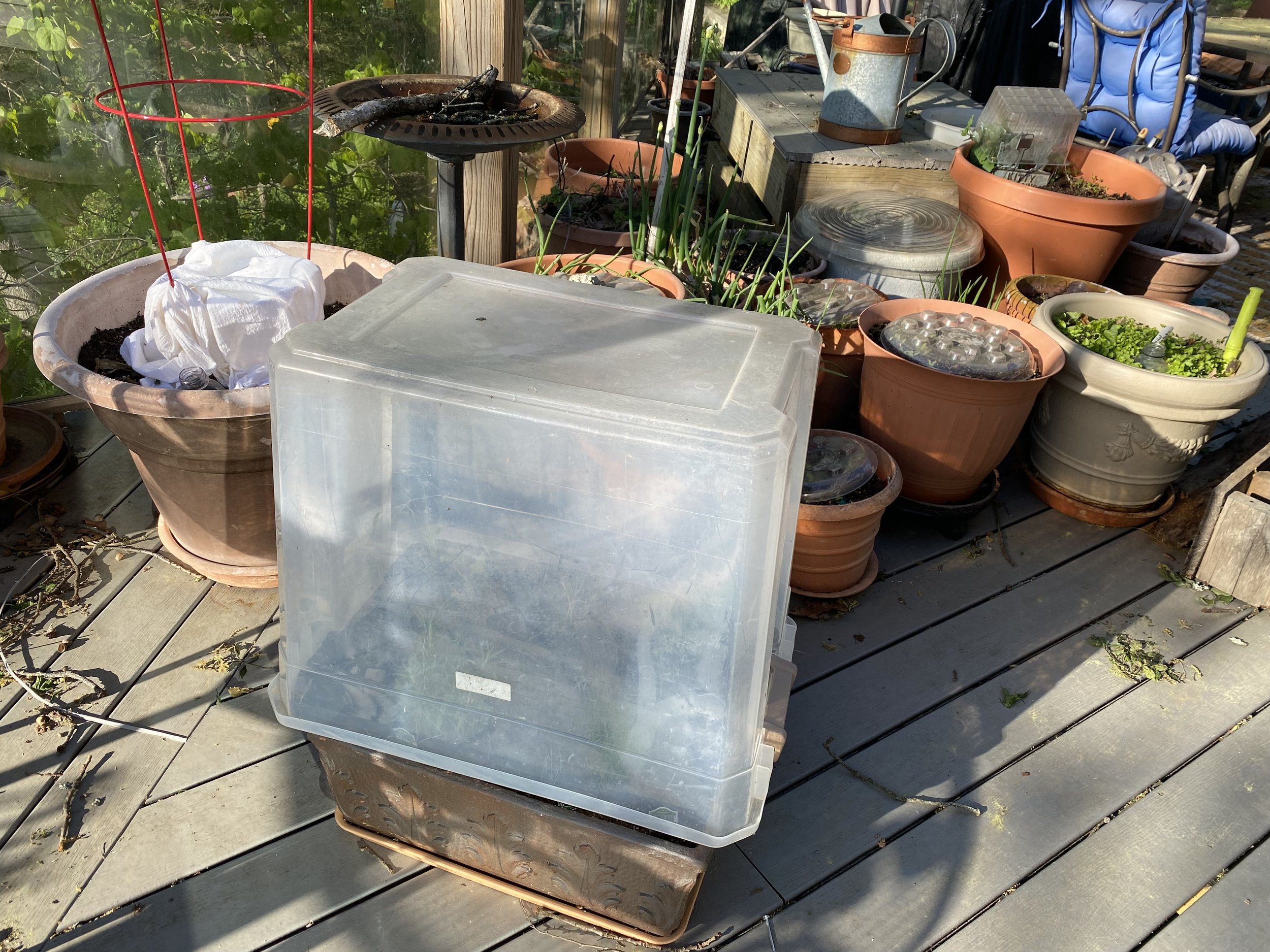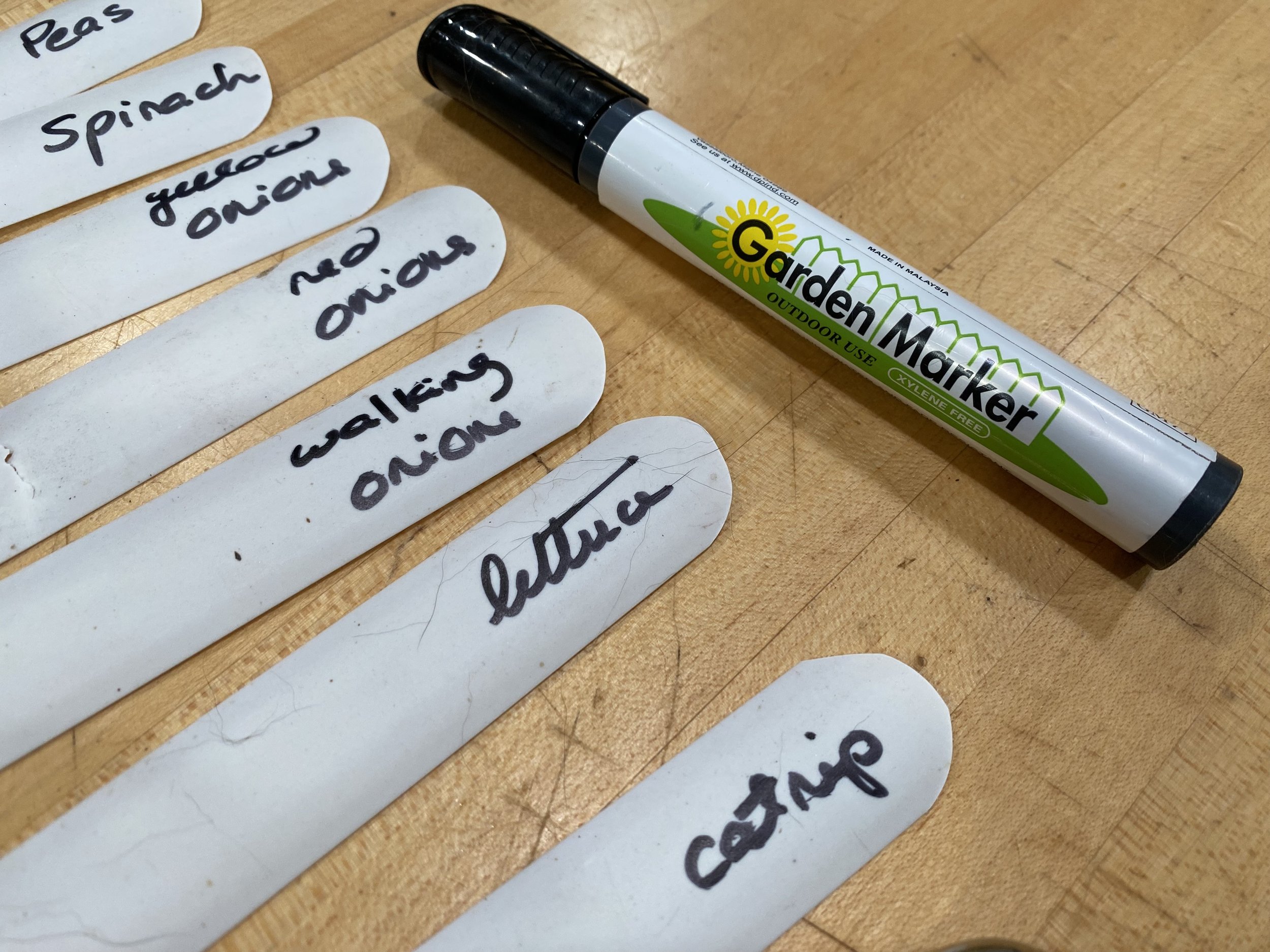January Gardening Tips
/Keep newly-planted mums, right, mulched and watered through winter. (Photo by Charlotte Ekker Wiggins
January Gardening Tips
January used to be the month when a gardener could sit back and do some of the most important work: planning. We’ve had record high temperatures in USDA Hardiness Zone 5, turning growing conditions into early spring rather than winter. I have roses and lilacs budding and bees looking for something to do.
According to US Department of Agriculture, the Hardiness Zones are based on the average annual minimum winter temperature divided into 10-degree F zones, which give a range of temperatures for a certain plant or tree. The hardiness zones for the Midwest fluctuate more than other zones but average Zones 4,5 and 6. The zones for Missouri can be found here.
These zones are averaged over 13 years and adjusted accordingly. There may be major adjustments in a couple of years due to our rapidly changing climate. Predictions for the Midwest have included longer springs and falls, shorter winters and summers; and higher summer temperatures. These changes are occurring very fast, challenging nature to adjust.
The following are some of my January gardening tips and chores:
1. We have winter storms in our New Year’s forecast so I got the last of my bulbs in the still soft ground before winter makes its first appearance and freezes the ground.
2. I also mulch roses, new seedlings, newly-planted mums and my nursery stash to protect them from changing temperatures.
3. Review your garden diary from last year. Underline items you want to get done this year. I also carry over the ones I didn’t get to last year, or drop them off the master list. This is a good time to dream.
4. Identify what plants you want to add this year and note what soil and sun requirements they will need. Focus on adding native plants. Once established, native plants will be low care and excel in local soil and weather conditions. Natives also have a relationship with local insects, pollinators and birds.
5. Plan on expanding flowerbeds to start removing grass from your property. Expanding flowerbeds will give you areas to plant vegetables as well as flowers and provide more food for pollinators. One way to start expanding flowerbeds is to place cardboard along the existing flowerbed edge and then move the flower bed border early spring. Mulch on the cardboard will keep the garden looking nice and help restore healthy soil conditions.
6. Order catalogs you have used in the past and share catalogs you don’t need or use. One of my favorites is the Missouri Wildflowers Nursery Native Plants catalog, it has lovely pictures with a quick guide on what growing conditions native plants require and they offer great plant starts.
7. Order locally-adapted seed catalogs. Baker Creek Heirloom Seeds is a favorite seed catalog from Mansfield, Missouri.
8. Read. Whether it is gardening books, gardening catalogs and beekeeping books, catch up on what you couldn’t get to last year.
9. Remove broken limbs in pathways to keep walkways clear and safe.
10. On warm days, pile mulch and leaves on garden beds if they’ve been blown off by winter winds. Mulch will help keep the soil temperature even and reduce the thawing and heaving that causes plant damage.
11. Check inside plants for any hitchhiking bugs and remove. Make sure they are getting their sunlight needs met. If not, move them. Water with diluted fertilizer. Prune as necessary, I use metal sewing thread snips. The thread snips make it easy to trim plants and keep them bushy.
12. Drop your garden pruners and other garden tools to get sharpened. Home and garden centers with service departments can usually sharpen tools.
13. Start scouting where you can install rain barrels and totes to collect rain water off your gutter system. Observe what happens to rain and photograph so you can refer to the rain pattern later.
14. Enjoy the lower winter activity; even gardeners need time to rejuvenate.
Charlotte

